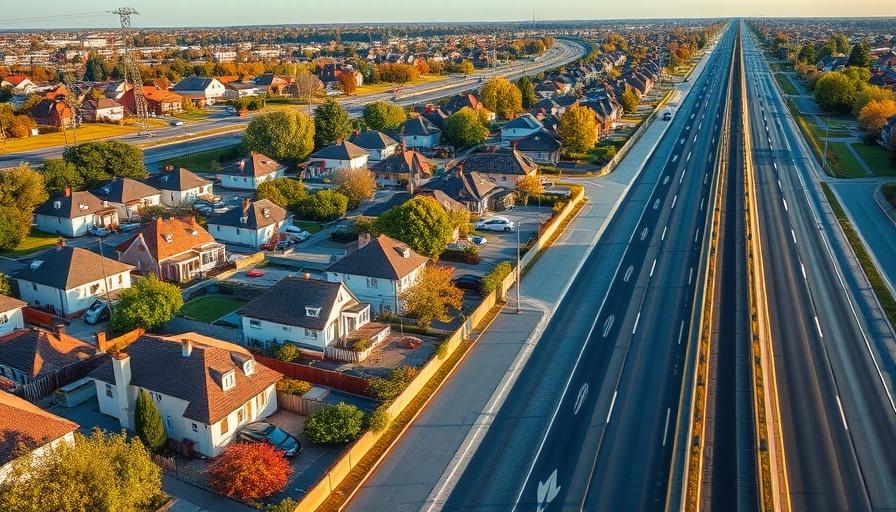
Residents Demand Transparency Over Canceled Sound Barrier Project
In the picturesque neighborhood of Evanston, a palpable wave of frustration envelops the community as residents grapple with the recent cancellation of a noise barrier project aimed at alleviating the relentless sounds emanating from nearby I-71. The proposal, which many had pinned their hopes on for a quieter living environment, was abruptly scrapped, leaving locals feeling unheard and disillusioned.
“It’s more or less, we’ll get to it when we get to it,” voiced Eddie Swain, a concerned resident who has witnessed the toll the noise pollution takes on daily life. High-profile incidents on the highway, including the loud blasts from trucks suffering tire blowouts or accidents, only exacerbate the disturbance, impacting the quality of life for families in the area.
Understanding the Factors Behind the Cancellation
According to Kathleen Fuller, spokesperson for the Ohio Department of Transportation (ODOT), the project was deemed "not economically reasonable," citing budget constraints as a primary concern. Additionally, a notable lack of proactive engagement from the Evanston Community Council has been identified as another key reason for the cancellation. The council is critical in the petitioning process for community projects, and their absence in advocacy has left residents feeling abandoned.
Community councils play a pivotal role in local advocacy, and in instances like this, their effectiveness can influence outcomes significantly. Swain and his neighbors undertook the responsibility of gathering signatures for petitions to support the sound barrier, showcasing a community actively seeking solutions.
The Constant Hum of Interstate Life
Life near I-71 has introduced residents to a backdrop of noise that many compare to operating household appliances. The sound level levels recorded near Swain's home peak at around 76 decibels, akin to the din generated by a washing machine or garbage disposal. Yet, unlike these appliances, highway noise is unremitting—continuously threading through day and night, causing stress and fatigue among residents.
Possible Solutions: Community Engagement and Vegetation
While the cancellation leaves a gap, there remains hope for future dialogue between the residents and their city leaders. Fuller suggested revisiting community engagement as a crucial first step. Perhaps a renewed collaboration between ODOT and the Evanston Community Council can yield alternative solutions such as planting dense vegetation, which could help mitigate some of the noise pollution.
Many residents have expressed interest in exploring different avenues to address the sound issue, reinforcing the need for local leadership to weigh the community's concerns seriously. ODOT has also mentioned the potential of using vegetation as a supplement to sound barriers. However, for it to be effective, it would need to be rich and broad.
Lessons from Similar Communities
Reflecting on similar cases, communities such as those near I-71/75 in Kentucky have successfully implemented transparent sound barrier panels to curb traffic noise. Their initiatives can provide valuable lessons and potentially serve as a benchmark for Evanston residents. These strategic undertakings not only demonstrate the benefits of sound barriers but also highlight the importance of community involvement in advocating for essential projects.
The Road Ahead: What This Means for Evanston
The cancellation of the sound barrier project in Evanston raises critical questions about community involvement and the decision-making process behind infrastructure projects. Will residents’ voices be heard loud and clear in future planning efforts? Or will they continue to contend with the adverse effects of prolonged noise pollution without proactive measures? As conversations ignite within the community, it becomes imperative for every resident to engage in public discussions and push for the attention their concerns deserve.
This situation serves as a rallying call for Evanston’s residents to unite and reconsider their approach to local governance. By fostering a spirit of collaboration and consistent advocacy, they can significantly impact the trajectory of projects that affect their daily lives and elevate community standards.
 Add Row
Add Row  Add
Add 




Write A Comment